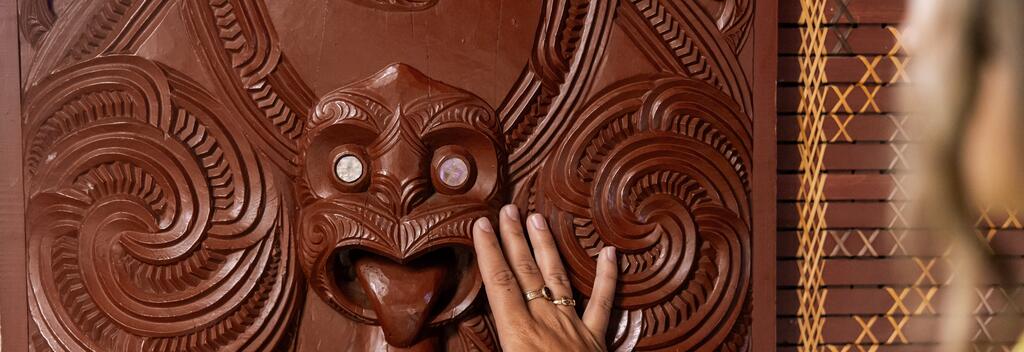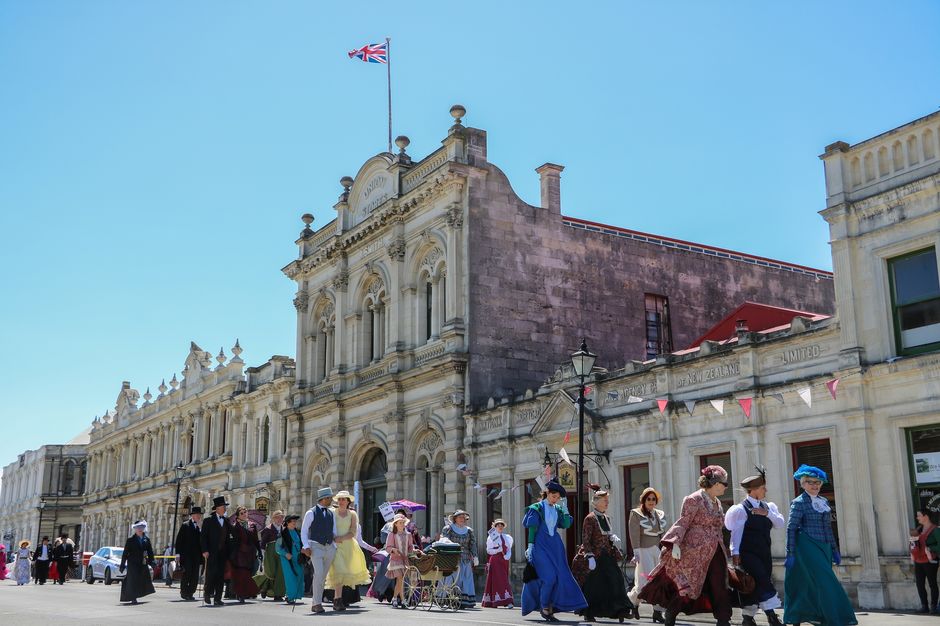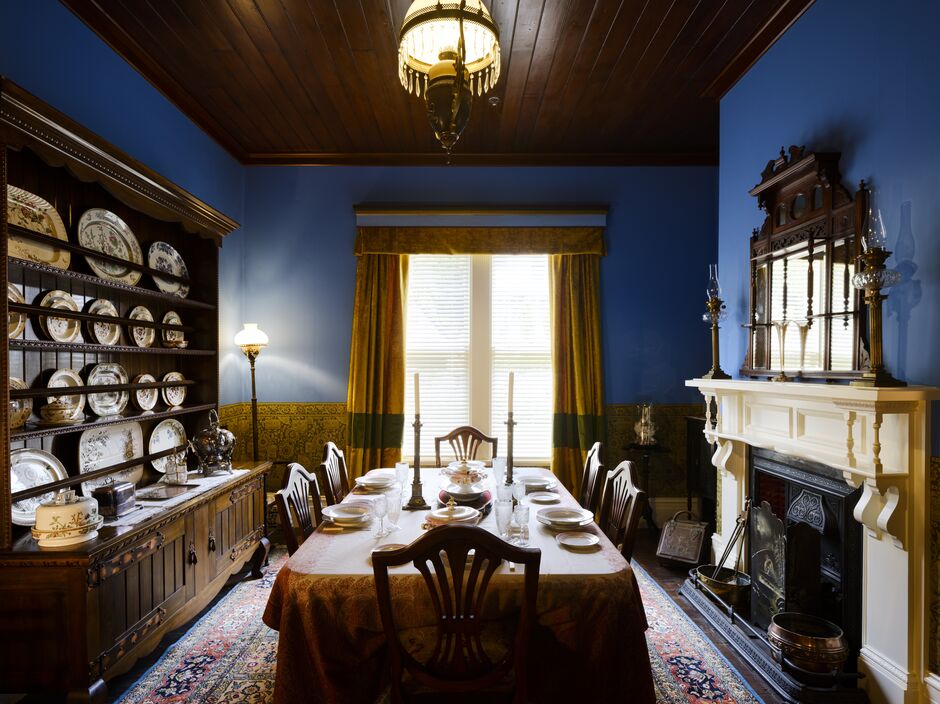-
Popular places to visit
Popular things to do
Helpful tips
Here's a few useful links to help with planning your trip to Aotearoa New Zealand.
-


Uncover the incredible landmarks that have shaped Aotearoa New Zealand’s unique history and culture.


The Waitangi Historic Reserve and Treaty Grounds are a must-visit destination for anyone wanting to learn more about the official birthplace of modern New Zealand. It was on these grounds that New Zealand’s founding document, the Te Tiriti o Waitangi (the Treaty of Waitangi), was signed in 1840. Take a guided tour to learn more about the signing of this document, its impact on Māori people, and what it means for New Zealanders today.
Te Puia, located in the striking geothermal Whakarewarewa Valley, is a fantastic tourist centre with a bounty of geothermal attractions and Māori cultural offerings. Not only does it boast Zealand’s largest geyser and a Kiwi Conservation Centre, but it is also one of the best places to experience traditional Māori culture. Here, you’ll see captivating cultural performances that bring the stories and traditions of the Māori people to life; visit the New Zealand Māori Arts and Crafts Institute to watch traditional carving and weaving being made; and end the day with a spectacular hāngī, traditional food prepared underground.
Journey to one of New Zealand’s most northern points, Cape Reinga. This iconic site is home to an historic lighthouse, built in 1941, overlooking where the Tasman Sea meets the Pacific Ocean. It also holds deep cultural significance for the Māori people. According to Māori mythology, it is the place where the spirits of the recently deceased depart Aotearoa New Zealand for their ancestral homeland of Hawaiki. According to legend, the spirits slide down the root of an 800-year-old pōhutukawa tree into the sea, swimming underwater to the Three Kings Islands before reaching their final resting place.
Māori rock art dates back 800 years, when Māori first arrived from Polynesia. Covering cliffs and caves throughout the South Island, these beautiful paintings feature mythical creatures and native animals that have since become extinct, such as the Haast's eagle (giant eagle) and Moa (a large flightless bird). Visit the Te Ana Māori Rock Art Centre to see these artefacts in a gallery setting or explore among the caves at Ōpihi on Aotearoa New Zealand's only guided rock art tour.
Manea Footprints of Kupe tells the story of Kupe, the Polynesian explorer who discovered Aotearoa New Zealand a thousand years ago. This immersive experience brings Kupe’s journey from Polynesia to Aotearoa New Zealand to life through storytelling, art, immersive film, and tāonga (sacred treasures). The museum sits on the shores of Te Hokianga-nui-a-Kupe, the historic site from which Kupe launched his return voyages to Polynesia. As you step into the building, you are welcomed by tour guides who are, in fact, Kupe’s direct descendants.


In 1931 a devastating earthquake reduced most of Napier to rubble. An impressive reconstruction effort rebuilt the city in record time but in a uniform architectural style, art deco, the style of the time. Napier ranks as one of the top art deco cities in the world, and its art deco is unique, with a preponderance of Māori motifs and buildings designed by Louis Hay, an admirer of the architect Frank Lloyd Wright. Take a guided tour with the Art Deco Trust(opens in new window), where expert guides will bring Napier’s art deco heritage to life.
The grandeur of the limestone buildings in Ōamaru’s perfectly preserved Victorian Precinct reflect the aspirations of a town built on the prosperity of goldmining and sheep farming during the late 19th century. Today, the former commercial buildings are filled with galleries, cafes, restaurants, and museums – many of which still look to Europe and the past for inspiration. Here, you’ll find traditional bookbinding, vintage curios, baked goods made using traditional methods, and a clothing hire service for Victorian apparel and accessories. It is also the setting of the annual Steampunk Festival(opens in new window), which brings a vibrancy and energy to these streets that makes Ōamaru a contender for the Steampunk capital of the world.


Katherine Mansfield, one of literature’s greatest modernist writers, left New Zealand as soon as she was old enough, finding her home country lacked the excitement of Europe. Yet New Zealand’s landscapes and domestic details featured in her writing constantly. Visit Katherine Mansfield House, the beautifully restored town house where Katherine was born, for an insight into how early family life shaped her writing.
Visit the Howick Historical Village(opens in new window) to see what life was like for early European settlers between 1840 and 1880. Guides dressed in period clothing will show you around 30 original and replica buildings, including a schoolhouse, church, blacksmith's forge, and general store. There are also interactive exhibits showcasing aspects of daily life, from domestic chores to traditional trades, such as blacksmithing and woodturning.

Tohu Whenua promotes New Zealand's unique culture and connects visitors to our stories and places. Learn more by visiting Tohu Whenua(opens in new window)